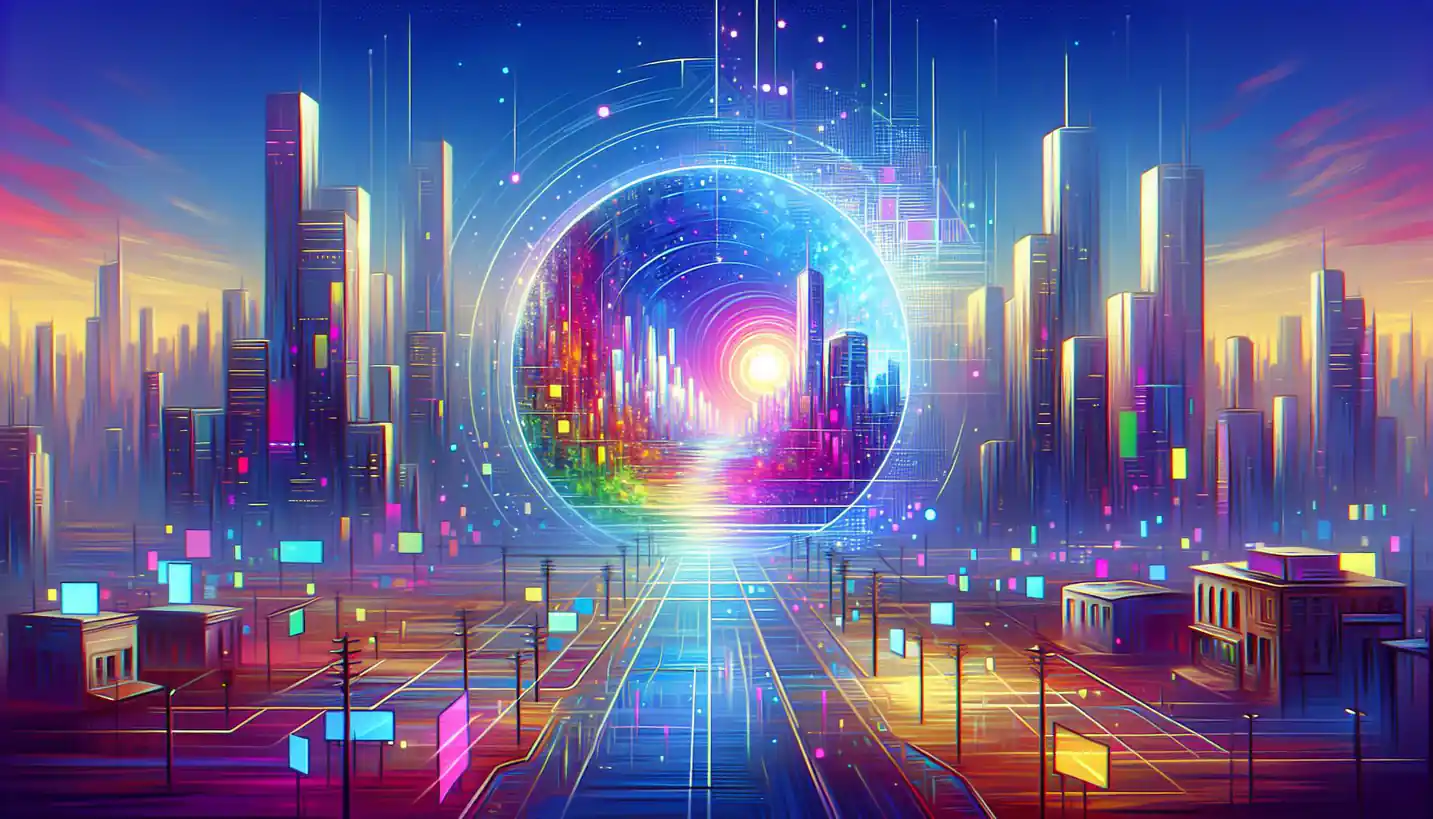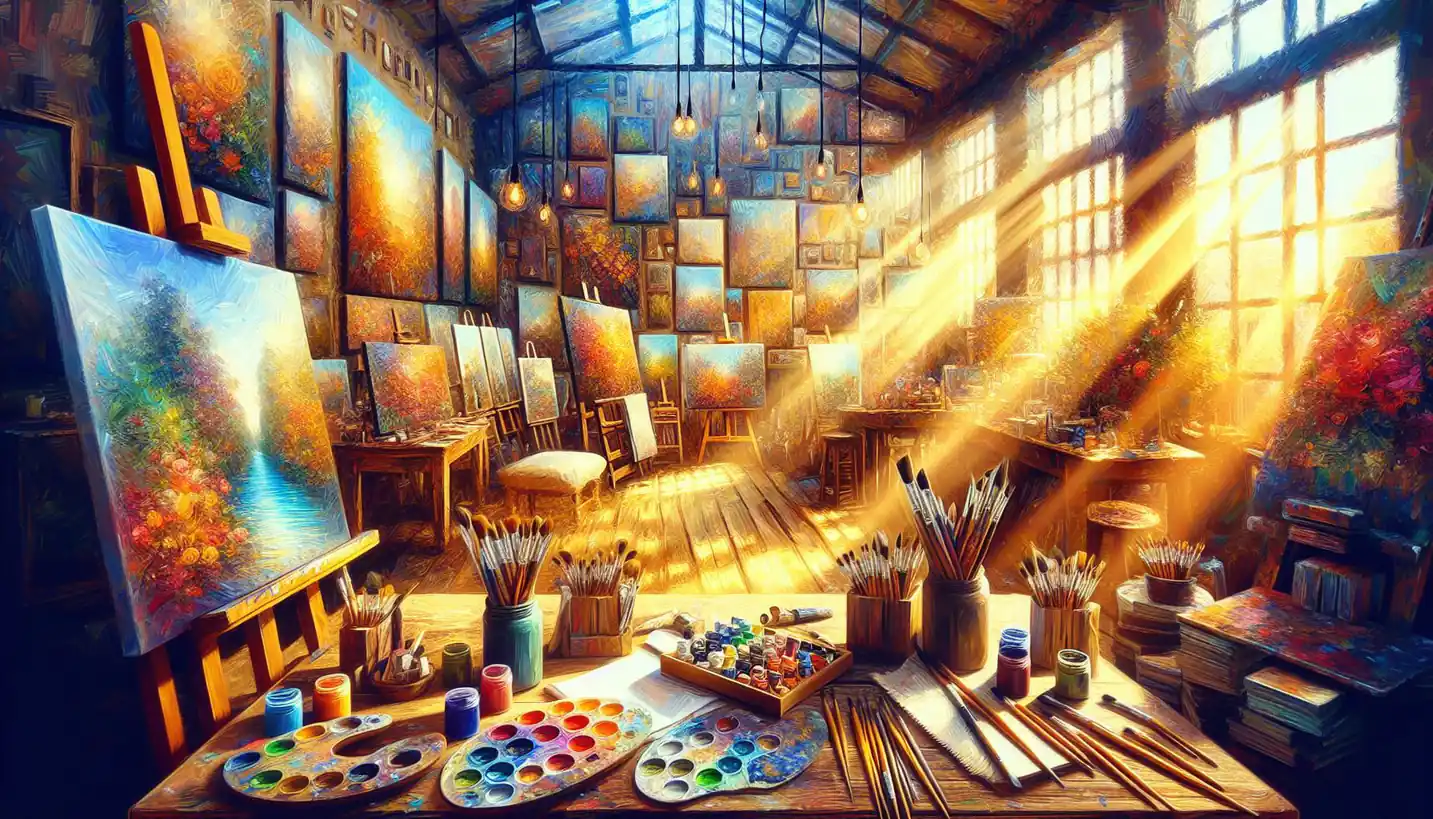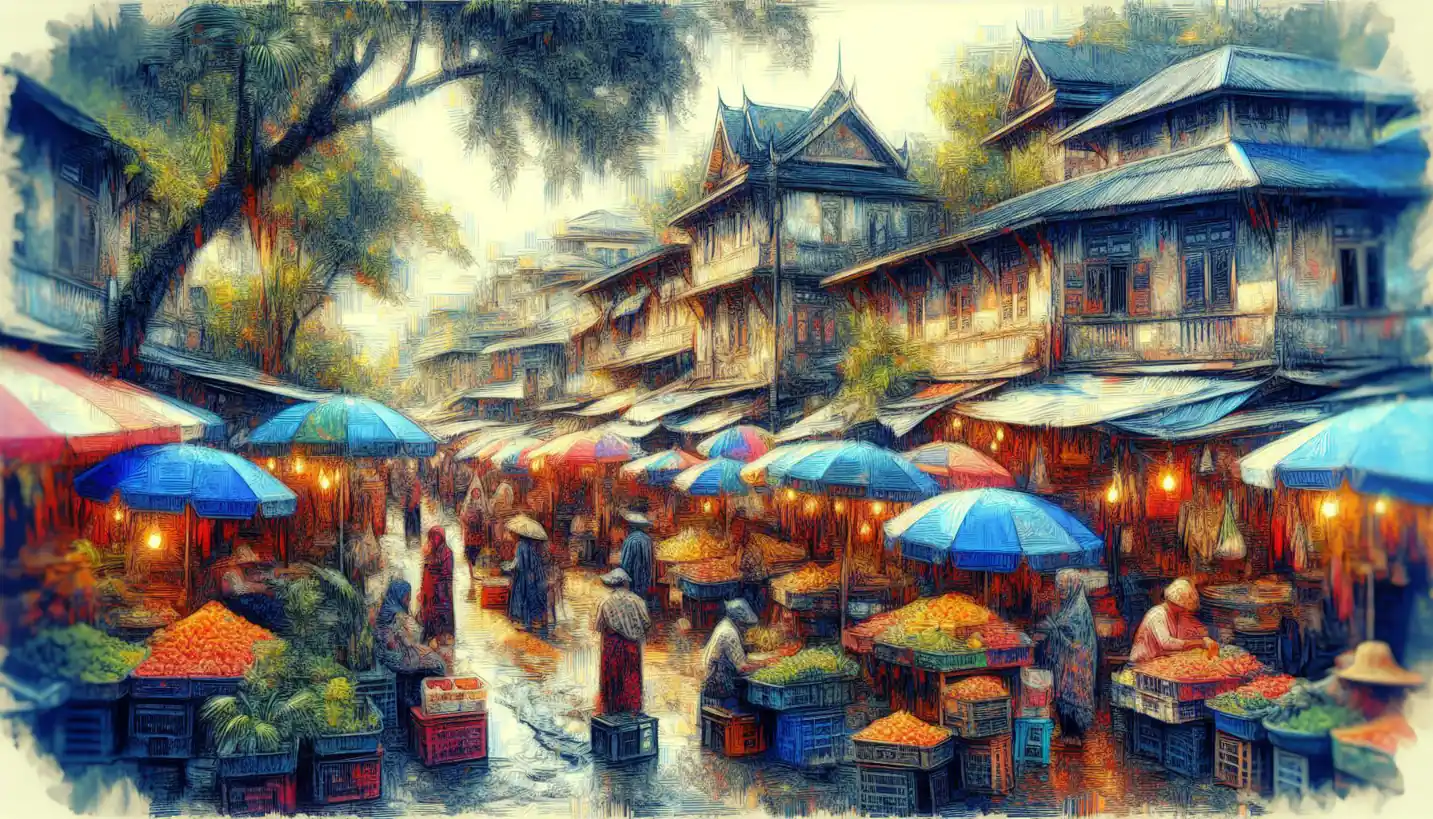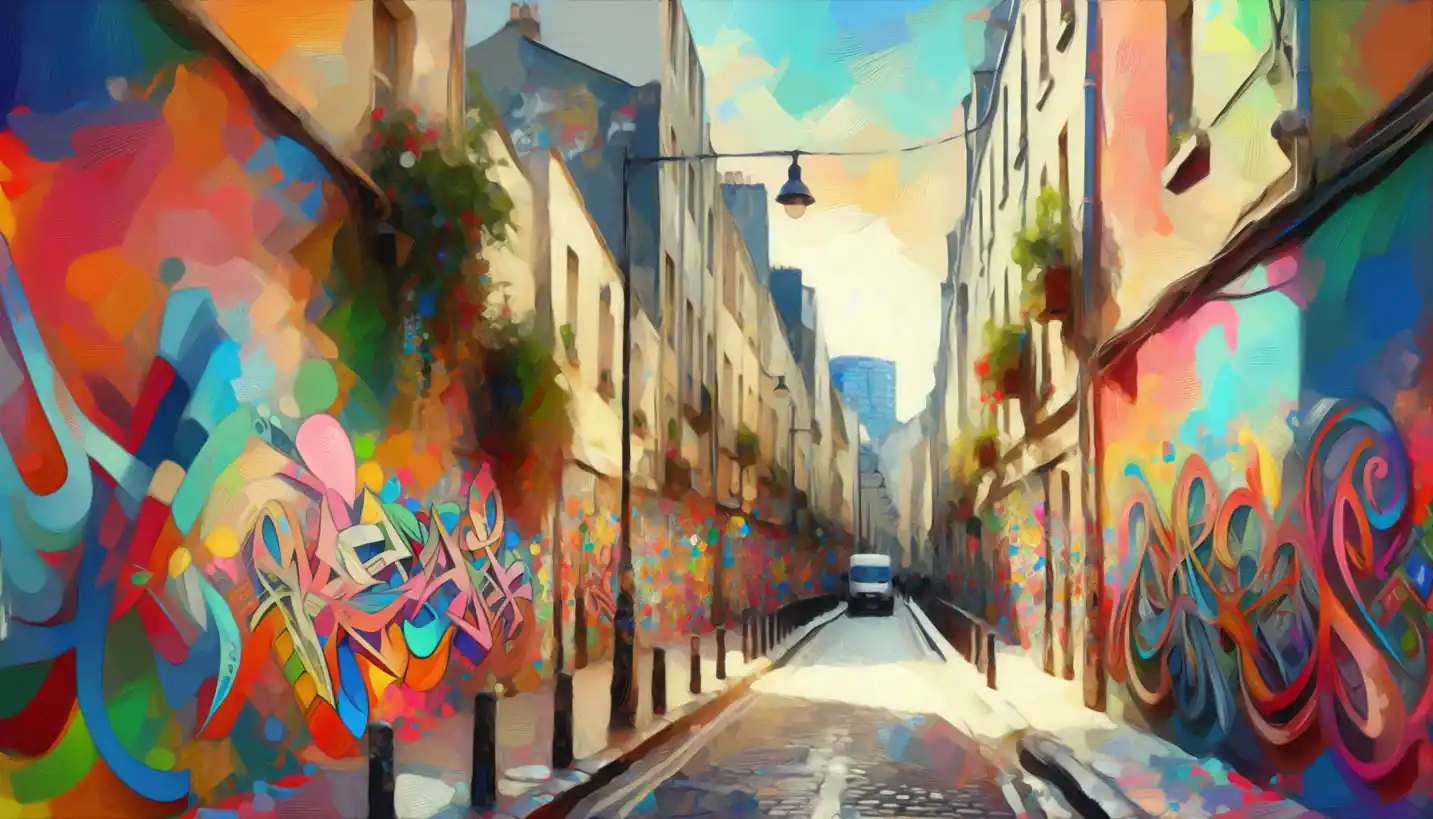· Art · 5 min read
Murals: A Canvas for Community Expression
Murals transform bare walls into vivid expressions of community identity and stories. Dive into how these masterpieces foster a sense of belonging.
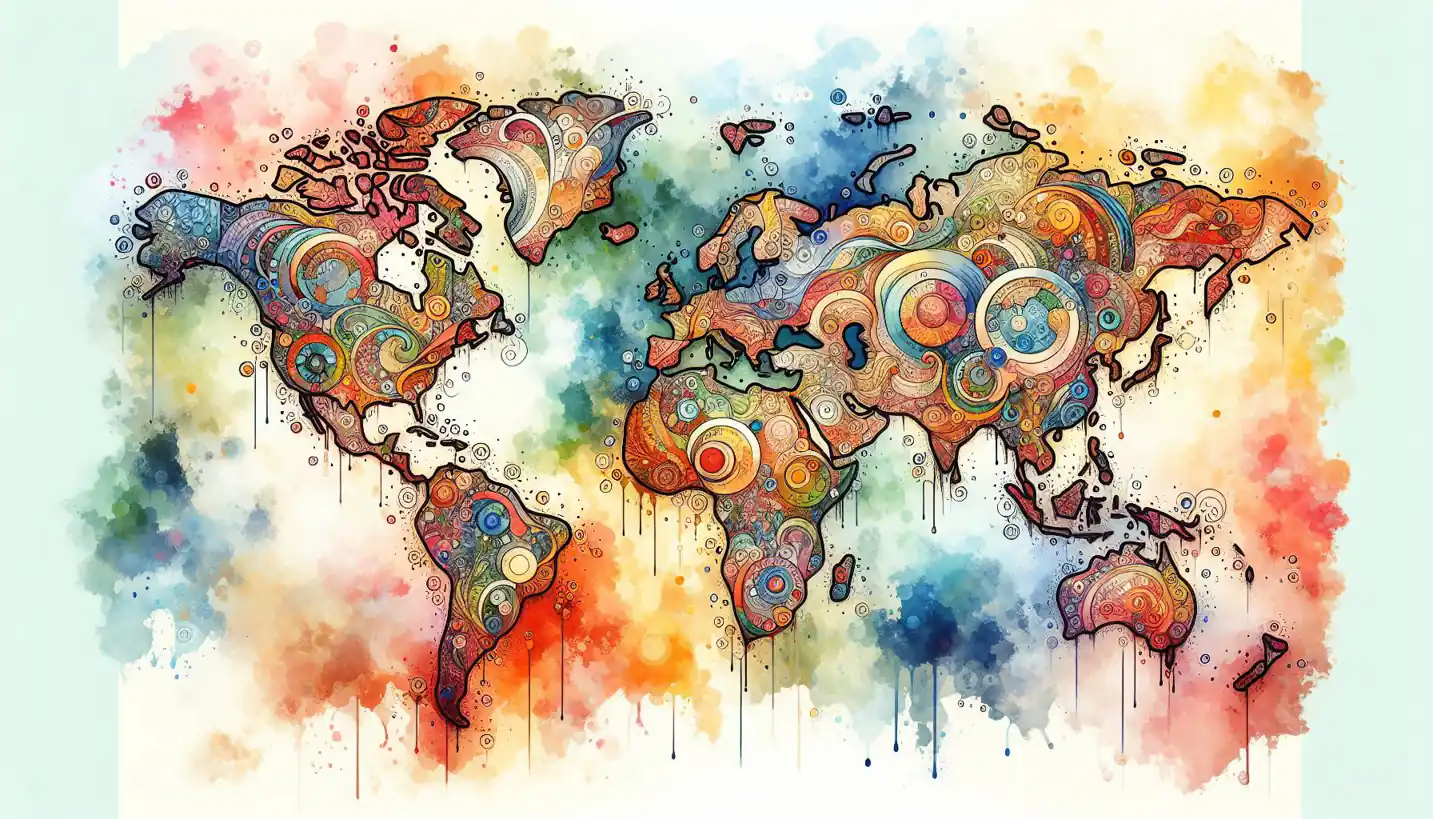
Murals have been a vibrant part of public art for centuries, turning dull walls into canvases that tell stories, inspire dialogue, and display cultural identity. These large-scale artworks have a remarkable power to transform public spaces and engage communities in unexpected ways.
The Rich History of Murals
When considering where murals began, one might think of ancient caves or the frescoes of Renaissance Italy. Murals have always allowed artists to communicate with everyday people. Unlike art confined within galleries, murals are for everyone. You don’t need a ticket; your curiosity and a willingness to look up are enough.
Throughout history, different cultures have used murals to convey essential stories and traditions. In ancient times, they were a way to record history and express religious or political ideologies. The colors and figures etched onto walls represented more than art; they were reflections of societies and their beliefs.
Murals in Modern Times
Fast forward to today, and murals are integral to urban landscapes. They brighten neighborhoods and often become landmarks themselves. Cities like Los Angeles and Philadelphia are famous for their street art. These cities understand murals aren’t just decorative; they’re voices within the community.
When a mural goes up, it’s more than just paint on a wall. Artists often collaborate with local communities, letting residents have a say in the images that represent them. This interaction makes murals deeply personal and uniquely tied to their surroundings.
Murals as Storytellers
Imagine walking down a street and pausing at a mural that catches your eye. Perhaps it’s a simple scene of people gathering in a park. But look closer. You might notice subtle details—a nod to local history, faces representing varied cultures, or symbols of challenges overcome. Artists often pack narratives into their work, making each mural a story in color and form.
Take Diego Rivera, for example. Known for his murals depicting industry and labor, Rivera’s work often included intricate scenes that spoke volumes about the social and political climates of his time. Today, muralists continue this tradition, addressing current issues like climate change, racial equality, and social justice.
Why Murals Matter
Murals are crucial because they democratize art. You don’t have to be an art enthusiast to appreciate a mural. By being available to everyone, murals encourage dialogue and reflection across different community groups. They provide a platform for voices that might not be heard otherwise.
Communities often feel a sense of pride and ownership of their murals. These artworks become a part of the neighborhood’s identity and can even help revitalize areas by attracting tourists and boosting local economies.
Impact on Public Spaces
One might wonder why governments and organizations invest in these large artworks. Murals have a transformative effect on public spaces. They can turn a neglected alley into a vibrant passage or reclaim an old building with stories and beauty. Unlike ads or signs, murals are refreshing to look at; they invite viewers to stop, think, and appreciate.
Researchers have found that murals can also influence urban regeneration. They can reduce crime by enhancing community pride and increasing foot traffic. When people care about a place, they tend to nurture it.
The Process of Creating a Mural
Creating a mural is a more involved process than painting a canvas. It begins long before the brush hits the wall, often starting with community engagement and research. Artists might spend months planning, sketching designs, and obtaining the necessary permissions.
Materials matter too. Artists need to choose durable paints and surfaces to withstand weather conditions. In many cases, murals become collaborative community projects, where residents help with everything from the painting itself to planning and logistics.
The Role of Technology
In today’s digital age, technology boosts the evolution of murals. Augmented reality (AR) can be integrated into murals, making them interactive and informative. Imagine pointing your smartphone at a wall and watching the figures come to life, offering deeper insights and stories behind the visuals.
Social media also plays a significant role in spreading the reach of murals. A striking mural can go viral, bringing global attention to local communities and their issues.
Challenges Facing Mural Artists
Murals face challenges too. Since they exist in shared spaces, they are vulnerable to vandalism and weather damage. There’s also the question of longevity. A mural that’s culturally relevant today might not be tomorrow.
Artists must also navigate the balance between self-expression and community expectations. This ties into debates about who owns public art and who decides what images should represent communal spaces.
The Future of Murals
What does the future hold for murals? As cities continue to grow and change, murals will undoubtedly play a part in shaping their identities. They will continue to evolve, reflecting the shifts in societal ideals and cultural values.
Artists might explore new mediums and interactive technologies, pushing the boundaries of what murals can be. And with increasing recognition of their value, more cities may invest in mural projects, recognizing their power to unify, enrich, and transform.
In summary, murals are more than just art; they’re a vibrant form of communication and community expression. They provide a glimpse into the heart of a community, capturing its spirit and ambitions. So next time you pass a mural, take a moment to stop and appreciate the stories it tells—it might just change how you see the world around you.
